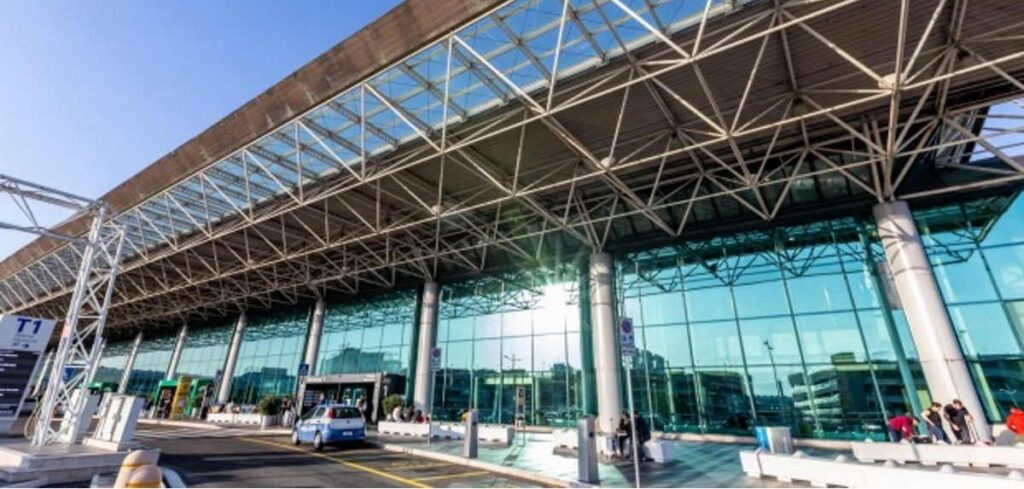The European Union Aviation Safety Agency (EASA) and European Centre for Disease Prevention and Control (ECDC) have issued a new version of the Aviation Health Safety Protocol providing clear operational guidance and risk-based recommendations for health-safe air travel to complement the European Union’s initiatives, such as the EU Digital Covid Certificates.
The new version of the document takes into account new evidence and information such as the circulation of variants of concern (VOCs) and the rollout of the Covid-19 vaccination programs. It also argues that there is a need to keep non-pharmaceutical measures in place – such as the wearing of medical face masks, hygiene measures and physical distancing. It is intended to provide support to national authorities and aviation stakeholders and is based on the latest scientific evidence, epidemiological situation and policy developments.
“We have reached a significant milestone in the pandemic: a real change in approach that can allow travelers to fly again without worrying excessively that the rules may change at short notice, complicating their journey or making it impossible,” said EASA executive director Patrick Ky. “The industry – and passengers – have been waiting for this moment for a long time. Thanks to the expert epidemiological input from ECDC we are confident that this protocol offers practical and pragmatic guidelines for health-safe travel.”
In line with current scientific evidence and the European Council recommendation, the protocol proposes that people who are fully vaccinated against Covid-19 or who recovered from the disease in the last 180 days should not be subject to testing or quarantine unless they are coming from an area of very high risk or where a variant of concern is circulating. For travel from such destinations, the requirement for a negative test could be considered. This could be either a rapid antigen detection test (RADT) taken no more than 48 hours before arrival or a PCR test no more than 72 hours before arrival. Furthermore, the use of passenger locator forms to facilitate contact tracing is still considered important.
In addition, physical distancing of at least one meter should be maintained and medical masks must be worn at all stages of the journey. Hand and respiratory hygiene measures also need to be observed. All these measures are recommended for EU air travel, but also for air travel to and from third countries.
“The rollout of Covid vaccination programs has thankfully allowed for the relaxation of some measures for fully vaccinated travelers,” said Andrea Ammon, ECDC director. “But if measures are relaxed too soon also for non-vaccinated people, then we may see a rapid rise in cases again. This is based on the current scientific evidence as well as ECDC modeling predictions, which take into account the gradual relaxing of non-pharmaceutical measures, circulation of variants of concern and the rollout of vaccination programs. In order to effectively control community transmission of the virus, we need to continue the rollout of vaccinations and exercise caution until a sufficient proportion of the European population has received their vaccine.”
The ECDC says emphasis should be placed on ensuring that the new elements of the protocol, such as the checking of proof of vaccination or recovery, should not create bottlenecks and queues in airport processes. The protocol recommends that the information should be checked once during each journey, ideally before arriving at the airport of departure. This should also be the case for transfer passengers.

